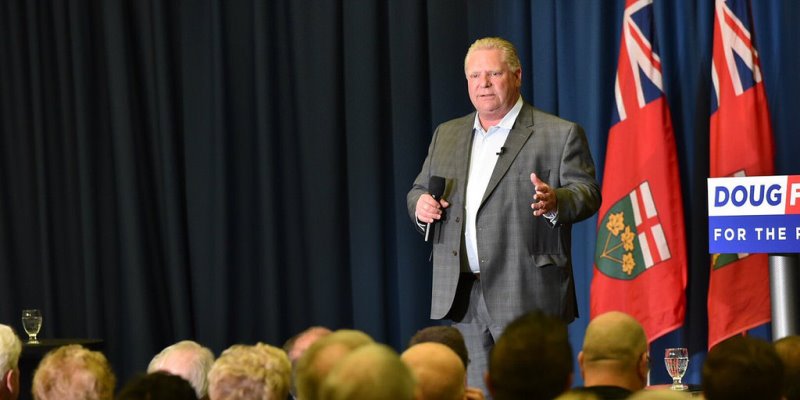Ford government faces critical decisions as budget day looms

As the Ford government prepares to table its next provincial budget later this month, Ontario’s Fiscal Accountability Office (FAO) recently published a sobering report on the state of provincial finances. It showed that even after pandemic spending is wound down, absent policy change, Ontario will face a long-term annual budget deficit of $16 billion.
For context, after adjusting for population growth and inflation, this means Ontario would face a deficit every year approximately as large as the worst deficit under the Bob Rae government in 1993.
Not surprisingly, this long string of large deficits will lead to even more growth in provincial debt, which has been growing rapidly for nearly 15 years since the start of the 2008/09 recession. According to FAO forecasts, net debt will approach $463 billion in 2022/23, up from $170 billion in 2008/09 before the rapid run-up in debt under premiers McGuinty and Wynne.
This trajectory would also push up Ontario’s debt-to-GDP ratio to nearly 50.9 per cent of GDP in 2025/26, the highest level in provincial history.
Of course if, as the FAO projects, Ontario continues to run long-term deficits of approximately $16 billion, nominal debt will rise and the province’s debt-to-GDP ratio will likely rise as well. All else equal, this means higher debt interest costs for Ontarians over time. And if interest rates rise in the future and Ontario continues to run large deficits, interest payments will rise further.
The FAO’s report is yet another analysis confirming the findings of the Parliamentary Budget Office (and analysis by University of Calgary economist Trevor Tombe) that Ontario’s finances are unsustainable.
Clearly, Ontarians deserve answers to some basic questions. For example, how can the Ontario government balance the budget and restore the health of provincial finances?
Data from the FAO report can help us answer this question. Specifically, the FAO forecasts that in 2025/26, government program spending in Ontario will be $179.8 billion and the deficit will be $16.1 billion. As such (barring economically harmful tax increases), the FAO forecast suggests program spending would need to be 9.0 per cent lower than currently forecasted in 2025/26 to achieve budget balance.
There are, however, risks associated with setting a budget balance target five years from now through mild spending restraint. One problem with this “slow and steady” approach to deficit-reduction is that it’s easily derailed by events. An unexpected economic downturn or change in government (with an accompanying shift in priorities) are just two possible developments that could derail a long-term approach to deficit-reduction.
So let’s consider what it would take to eliminate the deficit over a three-year horizon instead.
To balance the budget on this timeline (by 2023/24), Ontario must hold program spending 10 per cent lower than the FAO’s current forecasts. Put another way, Ontario must reduce nominal spending to pre-COVID levels (2019/20) to reach balance over three years. This would represent a real per-capita reduction of 8.7 per cent from pre-pandemic levels.
Remember, according to the FAO, absent policy change, Ontario’s on track for $16 billion annual budget deficits—even after COVID emergency spending is unwound.
However, the Ford government, which will table it’s 2021/22 budget later this month, must recognize that the future need not unfold as the FAO forecasts. The government can avoid the large persistent deficits projected in the FAO report, slow the accumulation of debt, and begin shrinking the debt-to-GDP ratio. But only with a credible plan.
Authors:
Subscribe to the Fraser Institute
Get the latest news from the Fraser Institute on the latest research studies, news and events.

